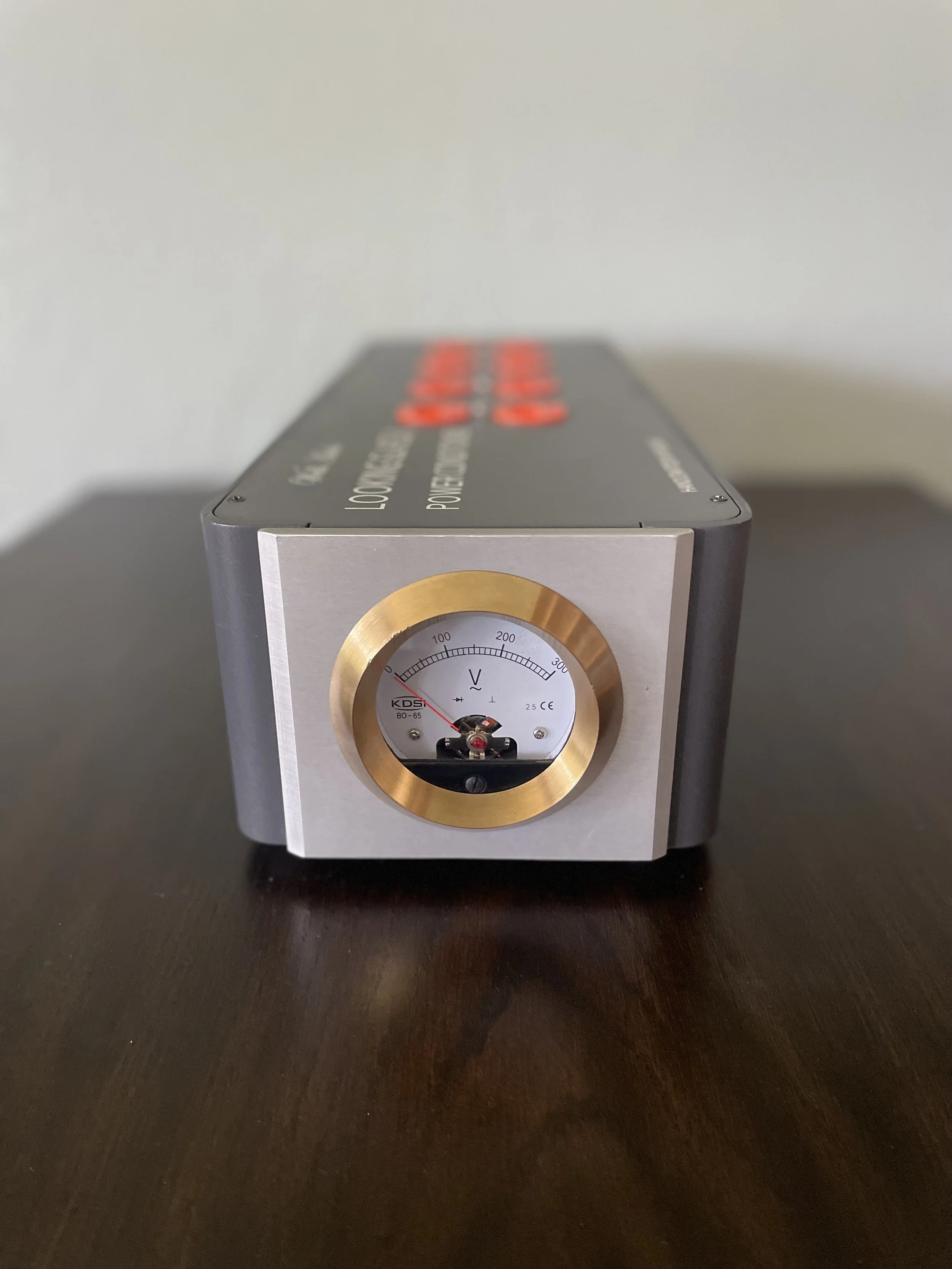Power conditioners
At Wells Audio, we craft exquisite audio electronics for discerning audiophiles seeking superior sound quality. Our equipment is meticulously designed to deliver unparalleled audio performance, bringing music to life with clarity and precision. Elevate your listening experience to new heights with Wells Audio.

